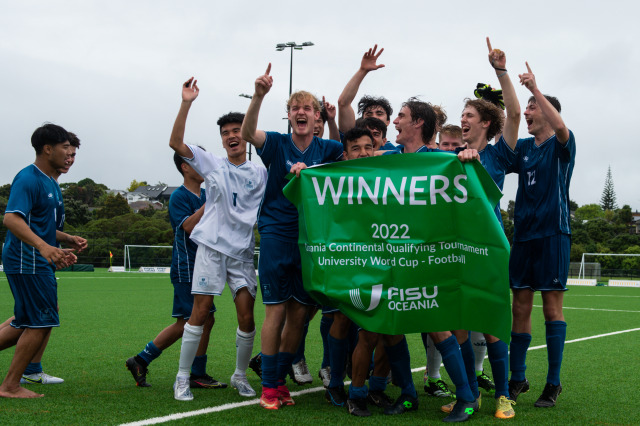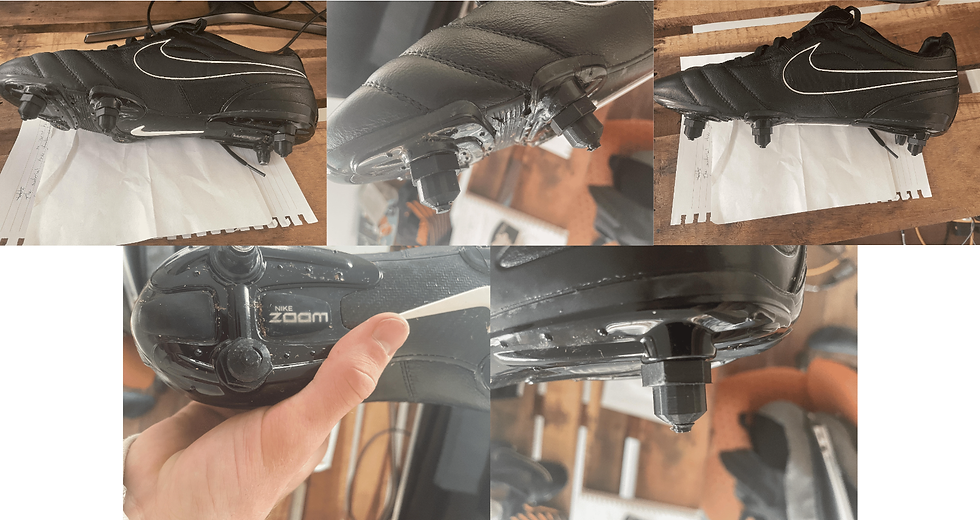Week 4 Capstone
- Harry Bushell
- Nov 9, 2023
- 4 min read
Time is flying, and it is a bit worrying at how quickly it’s passing. Week 4 finished, and my capstone is really getting into crunch time. I’m pretty sure I’ve had a productive week, although it feels like it's gone so fast that I can’t remember half of what I accomplished. Outside of university, this week was brilliantly busy. I played three football games in 7 days, watched England qualify for a world cup semi-final, and my own world cup journey began. We had a meeting on Monday as a team, discussed visas and kits, took media photos and really cemented the fact that we were going to a world cup in October. While I should be ecstatic about this, and while with that awesome group of guys, I was, when placed out of that environment, I’m struggling to be excited about something that also signifies the end of my university journey, alongside the time-related stress of this project. That meeting was the first time in a while that my mind had completely switched off from this project (other than when playing sports), and it felt like a huge weight off of my shoulders. However, once the next day rolled around and the week took off again, my mind really hadn’t switched off. This has benefitted and hindered me. I feel like I’m constantly putting hours into my capstone, even when nothing physical has been recorded, which makes me feel productive and on track. However, being so encapsulated in one thing means that my mind is constantly racing, which is frustrating when I’m trying to switch off.
I’m going to use the CARL framework again, as I found it worked quite well last week. Context-wise, week 4 had much the same focus as week 3, however I had more direction. I needed to refine my 3D models so that they were ready to print and prototype in order to align with my Gantt chart plan. I also planned to research stud production and the materials used, as well as dive into the world of seeds and figure out what seeds would work with my idea as well as be beneficial for my target demographic.
In terms of how this was achieved, I continued to follow the provided templates from the Design for Conservation framework. These templates are one of the biggest strengths of the D4C methodology, they provide a clear and concise plan to follow, and allow a lot of my work to be visualised as well as ensuring I don’t skip important steps of developing a design project. I created multiple stakeholder personas for humans, non-humans (lizards, bees, and other wildlife), and for organisations. I developed my positionality, created a positionality statement, and reworked my values. Along with this, I developed my 3D models a lot, and created a new spiral mechanic that mimics much closer to that of a salt shaker. It looks like a liquorice twist and should be much stronger than my previous prototype. I also finally got around to researching what sort of seeds I’d like to plant and why, as well as if they were feasible for the measurements of my stud design. I found that manuka, clovers, and wildflowers are all viable options by providing benefits to multiple natural species and being small enough to work with my stud prototype. They also all grow naturally in NZ and require little to no care once planted, reducing the need for watering and gardening after my event. However, Manuka seeds are a bit hard to harvest, as they require a drying period in their seed pods before they are prone to growth.

After all of this, I think I had another solid week of work. I completed almost all of the weekly tasks I set for myself on my weekly planner. I was also able to assist my friends with feedback and enjoy my extracurricular activities. Despite this, I still feel like I could’ve done more and utilised my time even better. When I have training in the evening or something planned, I struggle to really knuckle down and smash out work until after whatever I had on has happened. This results in some late nights that aren’t very beneficial in the long run. Fortunately for my project, the regular football season ends in 3 weeks, and training is moved to mornings, meaning that hopefully, I’ll be able to lock in completely on my work for each day. This is, however, three weeks away, which in the scope of this capstone project, is quite a lot of time.
I’ve learnt this week that being busy outside of uni has its positives and negatives. I’ve learnt that it’s good to stay busy and enjoy what I’m doing, but that also results in a guilty feeling of using my time on something other than my project. This furthers my understanding of the importance of time management, more to the point of time utilisation. It’s one thing planning your time wisely, but another actually using it successfully / efficiently. Along with this, I’ve learnt about specific plant life and their benefits to our ecosystems, as well as their needs and requirements to grow and thrive. I’ve also continued learning 3D modelling skills using fusion 360. This program offers a solid rendering view for visually presenting my models, as well as simple exportation for 3D printing, however, has taken me a while to get the hang of and puts my computer under strain when I run it.



Comments